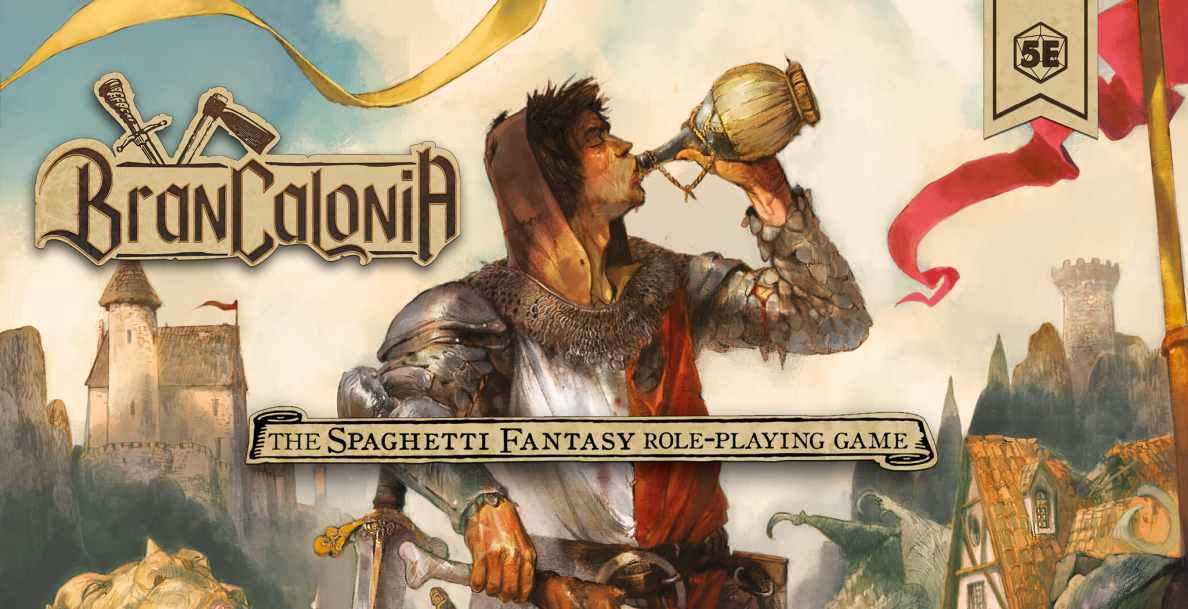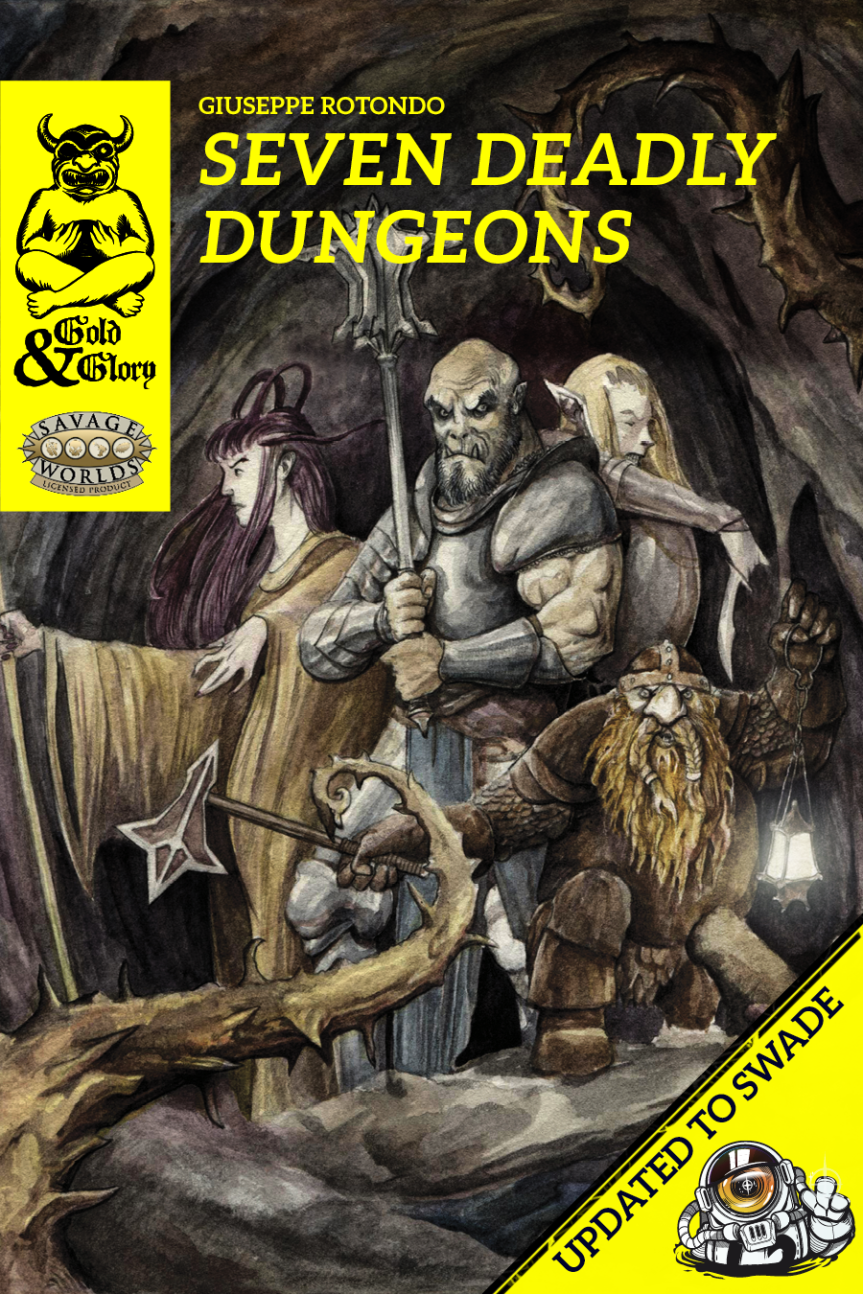About the new version of Gold & Glory – a collection of articles written by the game designer Giuseppe Rotondo!
The following article is a collation of the “designer diary” posts my friend Giuseppe Rotondo wrote anticipating the release of the new Gold & Glory book, updated to the Savage Worlds Adventure Edition (SWADE) rules, and also featuring exciting additions such as the Loot Token system.
Each post also takes into features the author’s view on some of the innovations introduced with the new Savage Worlds system.

1. The Return of the Half-Orc
After translating Savage Worlds Adventure Edition into Italian, I was super happy to start revising and updating Gold & Glory: Seven Deadly Dungeons, my toolkit to play classic, almost no-prep, OSR-style, dungeon exploration games with the Savage Worlds rules.
SWADE has brought many improvements to the game, small and large. Now that the “upswading” of Gold & Glory is nearly complete and the book is undergoing layout, I would like to share some of my impressions on a few of the changes and additions of the latest edition of Savage Worlds.
But the first topic, more than a reflection about rules, is a testament to Pinnacle’s awesomeness. Half-orcs are among the base races in Gold & Glory, and they used to be among the races available in the Savage Worlds, but no more with the Adventure Edition. As soon as I realized that, I quickly wrote Shane about it and the man himself sent me the updated stats. So half-orcs will still be there for the upSWADEd Gold & Glory players!
2. Edges & Hindrances
Gold & Glory characters receive random Edges and Hindrances via the Wild Draw system. When I designed the random generation system, I decided to exclude the Hindrances that required extra details invented by the player. Not because I dislike them (quite the opposite, I’ve always liked Phobia, for instance, and I love the new Secret and Shame Hindrances!), but I wanted random characters to be completely ready and playable without player’s input.
Savage Worlds Adventure Edition adds several new (and fantastic!) Hindrances: Secret and Shame, for example, are great at inspiring cool backstories for your character, pretty much like Wanted and Enemy already did in the Deluxe Edition. The new rules also allow players to mix Major and Minor Hindrances any way they prefer. On the whole, the new Hindrances section is amazing and lets you create truly unique and interesting characters!
Talking about Edges, the Adventure Edition introduces several new ones, especially those accompanying and supporting new mechanics such as Support and Tests.
On the whole, most of the G&G random generation tables are already good the way they are. The original selection mostly had Background Edges, because the idea behind it was, well, to flesh out the character’s background and keep further specialization options for Advances during play.
3. Skills!
Time to talk about Skills, considering how things have changed from Deluxe to Adventure Edition and how such changes may or may not affect G&G.
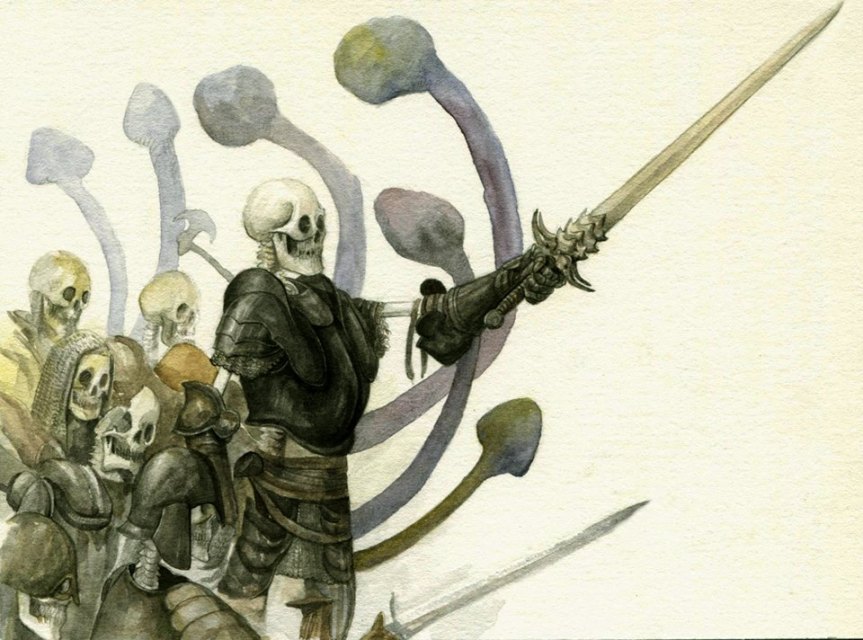
Gold & Glory random characters receive a random “class” which simply corresponds to a preset group of starting skills (Savage Worlds doesn’t have classes, and G&G doesn’t change that).
Savage Worlds Adventure Edition has changed and reworked some skills. Some have been grouped together into Athletics, now ones have been introduced, and the Knowledge skill has been broken down into several specific skills which are supposed to be the most useful in most campaign settings.
The Core Skills certainly are an improvement to the general system, and in general have been received enthusiastically by the Savage Worlds community and, above all, are very much a vital part of the new “balance” within the rules: just think of how many times the rules ask for an Athletic roll to activate or resist some effect.
I think that when writing a setting or preparing a campaign it is very important to provide occasions for every skill to be used in a useful way. And this is what I kept in mind when I created the Carousing, Magic Research and Offerings to Solis tables: dungeon adventures hardly (if ever) require Gamble rolls, for example, so I decided to link that skill to an occasional possibility for a meaningful advantage with the downtime Activities (more on that on a future post, maybe!).
4. On Gear
Adventuring and combat equipment play a very important part in Gold & Glory, because random characters start the game with random gear and players have to decide if they want to spend their loot to upgrade their weapons and armor OR to “buy” Advances (see below).
Savage Worlds Adventure Edition has changed and reworked many details of the ancient/medieval armor and weapons. Armor can now confer up to +4, which is a huge change and one that, in my opinion, helps strength/melee types a lot when compared to shooter/caster types, often considered to be stronger in settings with medieval technology.
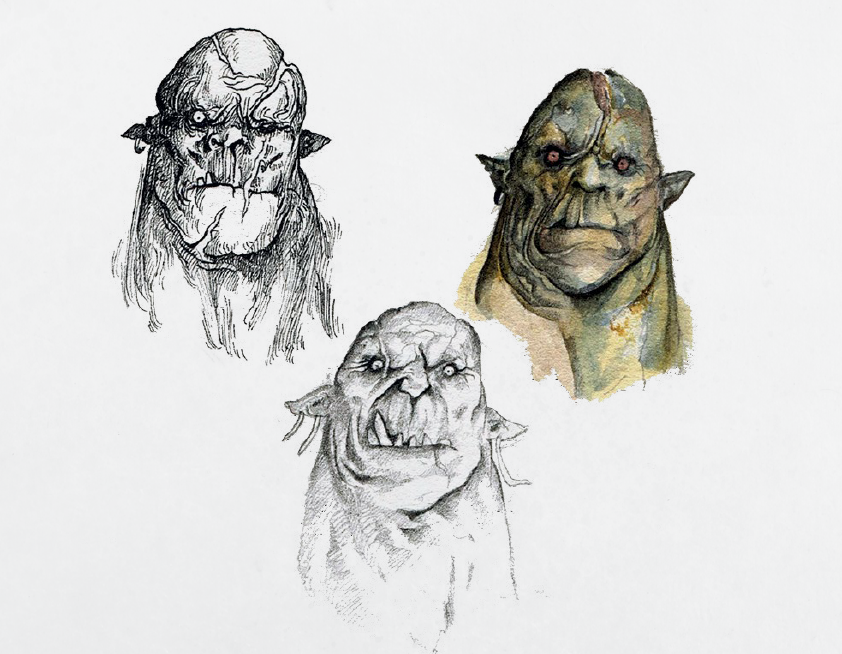 The new armor tables often include separate armor pieces for arms or legs. This represents a great option for many games, but G&G focuses on quick play (and quick combat!) so I’ve decided to stick to a simpler armor system, considering every type of armor to protect torso, arms and legs.
The new armor tables often include separate armor pieces for arms or legs. This represents a great option for many games, but G&G focuses on quick play (and quick combat!) so I’ve decided to stick to a simpler armor system, considering every type of armor to protect torso, arms and legs.
What I really love, though, is the redesign of melee weapons: every single weapon now has meaningful AND simpler properties and statistics, making each the right choice the right character or situation.
5. Magic!
Adventure Edition has, on the whole, made arcane characters stronger and more versatile: they recover Power Points faster, enjoy an enormous array of options for each power (and new powers have been added as well!), and they can even roll their arcane skill to perform “petty magic” to Support their allies and Test their foes.
Gold & Glory has wizards similar to those of “classic games”, with penalties to spellcasting if they use armor, and the option to prepare spells in advance, the new flexibility seems to be a great addition.
And while G&G still keeps its special requirements for Power Points recovery, I’ve decided to adjust the “pace” of it to the faster Adventure Edition rate.
6. Advancement!
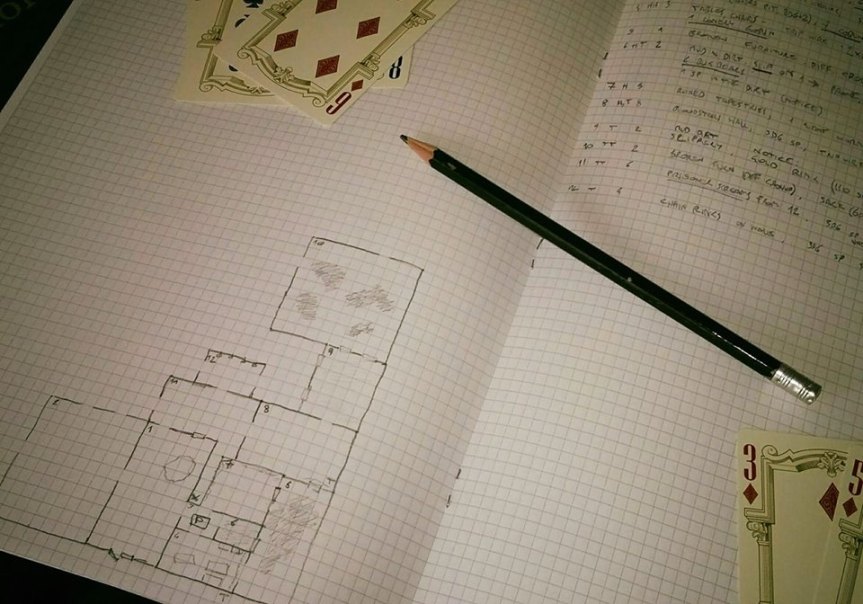 Adventure Edition has completely removed experience points, in favor of a simpler system where the GM simply decides when to award Advances, based on the preferred pace of progression and the foreseeable length of the game or campaign.
Adventure Edition has completely removed experience points, in favor of a simpler system where the GM simply decides when to award Advances, based on the preferred pace of progression and the foreseeable length of the game or campaign.
I’m always happy to have simpler systems, and I find such update to perfectly match most Savage Worlds games, where advancement in the “plot” (be it GM- or player- driven) is the main measure of the characters’ success.
But Gold & Glory is not, at its core, a game based on linear plot where characters progress. G&G is a game of risk vs reward evaluation, where players navigate location-based adventures, and get to choose when to push on and when to retreat. So there was no way I could give up the loot-based experience system.
This doesn’t mean everything stayed the same! I took advantage of the new G&G edition to introduce Loot Tokens: beads, coins, or other small items that GM prepares and gives to players every time they find meaningful loot, so that grabbing treasures no longer requires pencils and book-keeping and becomes a more tactile experience. The value of each token is determined by a roll of the die AFTER the party leaves the dungeon, when coins are counted and valuables are sold, adding uncertainty and excitement to the experience!
7. Monsters!
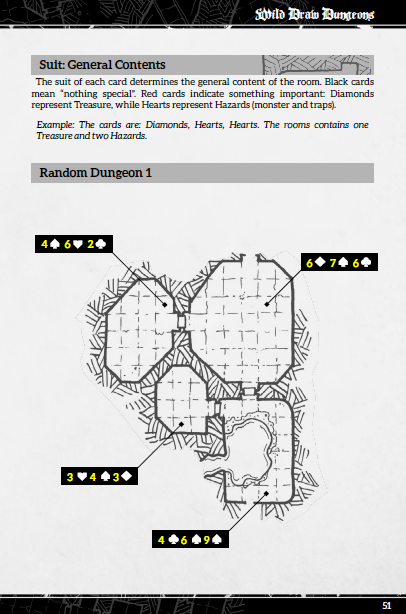
The new Adventure Edition of Savage Worlds doesn’t impact the way creatures work in any major way, even though it introduces a couple new special abilities and polishes how the old ones work.
The first edition of Gold & Glory received praise for how the creatures’ stat blocks were handled: instead of complete statistics in the usual format, the book simply had a reference to one of the creatures inside the Savage Worlds core book bestiary, with simple instructions to remove or add some features.
While this worked perfectly well when the features you had to swap were one or two, it sometimes was very unpractical for special monsters that removed or added three or more special abilities, with the GM having to keep all of them in mind while playing. Moreover, This system meant you had to keep an eye on two books instead of one.
Keeping the GM’s job as fast and easy as possible has always been one of the major goals of G&G, impacting the writing as well as the layout of the book, so the new edition will have full stat blocks for all the monsters in the book, with the sole exception of creatures that are in the Savage Worlds core bestiary and that will be used as they are.
The Designer’s Diary about Gold & Glory UPSWADED ends here. You can find the book itself on DriveThruRPG!
…but, there is also a new PWYW book on Gold & Glory available, and I hardly suggest to take this one too.
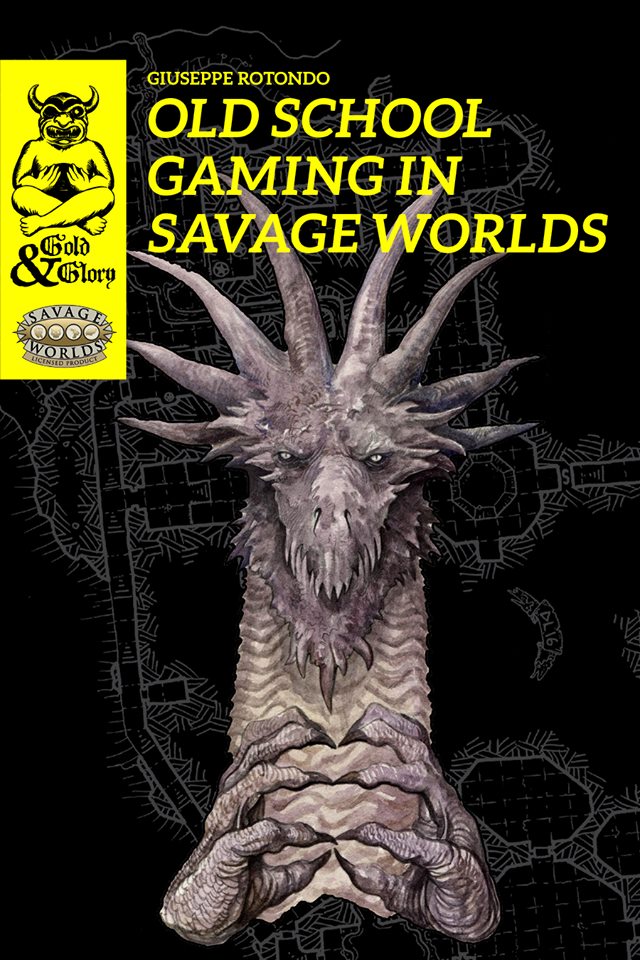
Gold & Glory – Old School Gaming in Savage Worlds is a guide aimed at explaining the core concepts of “Classic Dungeon Games” and how they interact with the Savage Worlds rules through the Gold & Glory book!
Whether you play G&G or not, this guide may give you something useful.
It is the result of playtests, con and demo games, and of course my regular group games, and can be seen as a collection of “best practices” that may just be useful to anyone!
So what’s inside this guide?
- Gold & Glory as a Classic Dungeon Game
- Player Skill: The Random Character Creation
- Player Skill: Notice Vs. Actual Inspection
- Player Skill: Risk and Reward
- Dungeon Difficulty
- Resources and Information
- Attrition Combat
- Linear Vs. Location-Based Adventures
- Gold & Glory as a Toolbox in Your Games
- Gold & Glory at Its best
- The Flashback Introduction
- Quick Downtime
